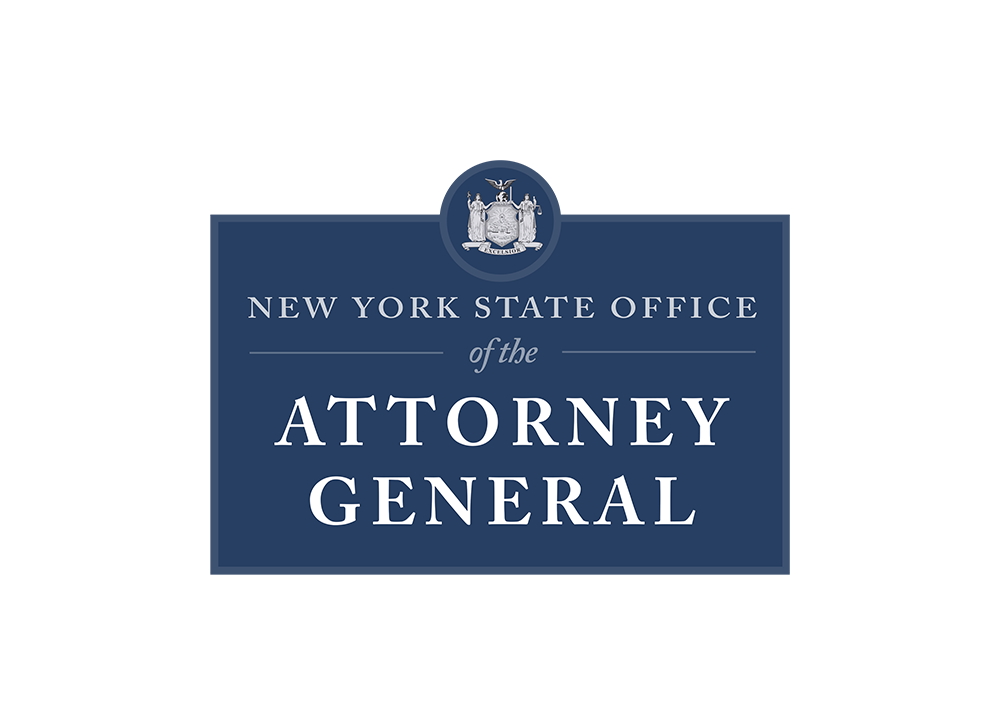Foreclosure: What You Need To Know
In 2017, over 12,000 homes were in foreclosure in New York, according to the Furman Center. While this is a significant decline from the height of the housing crisis a decade ago, New York State still has one of the highest foreclosure rates in the country.
The good news is that foreclosure continues to decline as the economy recovers. Nevertheless, foreclosure remains daunting and scary for homeowners, and the statistics don’t account for the struggles of individuals who are still trying to meet mortgage payments and are on the verge of losing their homes as a result. Thankfully, the Center for NYC Neighborhoods and our network of community-based organizations can work closely with each individual homeowner and their unique circumstances to address their housing needs.
What should I do once I’ve received a pre-foreclosure notice?
What happens if I don’t do anything after receiving the pre-foreclosure notice?
What if an agreement isn’t reached in the settlement conference?
What can I do if the lender’s motion for summary judgement is denied?
What is a foreclosure?
A foreclosure is a lawsuit filed by a mortgage holder or lender against a borrower. This usually occurs after the borrower misses one or more mortgage payments. In New York, the foreclosure process can take almost 15 months from the date of the first missed payment to complete. A foreclosure can end with the borrower losing their home to a bank or lender through an auction of the property.
How do foreclosures happen?
New York State is a judicial foreclosure state. This means that in order for a lender to proceed with foreclosure filings, they must sue the borrower in court to that they can enforce their rights under the mortgage agreement. Before the foreclosure process legally begins, borrowers will typically miss three to four consecutive mortgage payments. Missed payments can sometimes be caused by a loss in employment, a reduction in income, or hefty home/personal expenses, among other reasons. While New York State does not require lenders to provide notice of missed payment(s), some mortgage agreements mandate that a notice be sent within 30 days of the first missed payment. After these missed payments, the lender will send an acceleration letter to the borrower stating that the entire outstanding amount of the original loan is due if the arrears (total amount overdue) is not paid by a specified date.
If payment isn’t made within a three to six month period, the lender will then legally move forward with a pre-foreclosure notice, sent at least 90 days prior to court proceedings. This notice alerts the borrower to the amount that would need to be paid in order to bring the loan current. It must also give the borrower the contact information of at least five government-approved non-profit housing counseling agencies that service the region within which the borrower resides. Once these papers have been filed, the pre-foreclosure process is officially underway.
What should I do once I’ve received a pre-foreclosure notice?
Upon receiving a notice of intent to foreclose, borrowers should take immediate action to protect their homes during this grace period. This is the time to work with your lender or loan servicer to find an alternative to foreclosure. Some options include:
Paying arrears and bringing the loan current
What happens if I don’t do anything after receiving the pre-foreclosure notice?
During the 90 day pre-foreclosure notice period, the lender has the ability to file a “lis pendens,” or pending lawsuit, with the court and serve the homeowner with a summons and complaint. The homeowner has 20 days (if summons and complaint is served in person) or 30 days (if summons and complaint is served by mail or other method) to file an answer. This gives the borrower the opportunity to defend against the foreclosure proceedings. The answer must be sent to the lender’s attorney as well as the court.
The lender then files an affidavit of service with the court, which states when and how the borrower was served with a summons and complaint. They must also file a request for judicial intervention in order to schedule a mandatory foreclosure settlement conference. If the lender fails to file a request for judicial intervention, the borrower may file one to schedule the settlement conference.
If the borrower fails to file an answer, the borrower is considered to have defaulted on their loan. In court, the judge presiding over the case can rule against the borrower and schedule a foreclosure sale for the lender. The sale usually occurs at least four months after the ruling. A notice of the sale is published in a newspaper once a week for at least four weeks prior to the sale. If the borrower failed to provide an answer or a notice of appearance in court, the lender is not required to give notice of the sale to the borrower.
What if an agreement isn’t reached in the settlement conference?
If an agreement cannot be reached, litigation begins and the case goes into the discovery process. During the discovery process, the opposing parties in the lawsuit have the ability to request documents from each other. The borrower should send a request for discovery to the lender and vice versa.
The lender then files a motion for summary judgement if they believe that the borrower’s defense is weak or does not prove wrongdoing. A motion for summary judgement asks the court to rule in favor of the lender. If the judge grants the lender’s motion for summary judgement, the lender will move for an order of reference. An order of reference asks a referee to calculate the total amount owed to the lender. Once this total has been calculated, the lender can request for the court to enter a default judgement of foreclosure and sale. Once a judge has signed the judgement of foreclosure and sale, the lender can schedule an auction for the property and must post the sale in a newspaper 30 days before the auction date.
What can I do if the lender’s motion for summary judgement is denied?
In order to continue fighting the foreclosure, the borrower must file an answer to the motion for summary judgement and include documentation that supports their defense. A copy should also be sent to the lender’s lawyer.
If the case is not resolved by settlement or by motion, the lawsuit then proceeds to trial.
What happens if a foreclosure goes through?
If a judge signs the judgement of foreclosure sale and an auction date has been set, the lender must publish a notice of sale in a newspaper once a week for four weeks before the auction date. You are allowed to remain in your home until the date of the auction or until the title of the property is transferred to a new owner, typically the foreclosing lender or the highest third party bidder. New York State does not allow homeowners to repurchase or “redeem” their homes after the sale date, in what is typically called the “statutory right of redemption,” like in other states, but may allow homeowners to stay in their homes up to the ratification of the sale.
Once the legal right to stay in the former borrower’s home ends, the new owner can either:
Offer the former homeowner a cash-for-keys deal (where the new owner offers the previous owner money in exchange for their removal from the property), or
Evict the former homeowner.
Finally, when the home is foreclosed on, the total debt owed by the borrower to the lender will usually exceed the foreclosure price. The difference between the sale price and the debt owed is called a “deficiency.” The homeowner may have to pay the remaining amount of money owed in the deficiency. Lenders can do this by garnishing the borrower’s wages or levying the borrower’s bank account, among other methods. New York allows for a deficiency judgement to take place, which re-estimates the value of the property that is foreclosed on so as to lower the amount of debt owed to the lender. Read more here.







